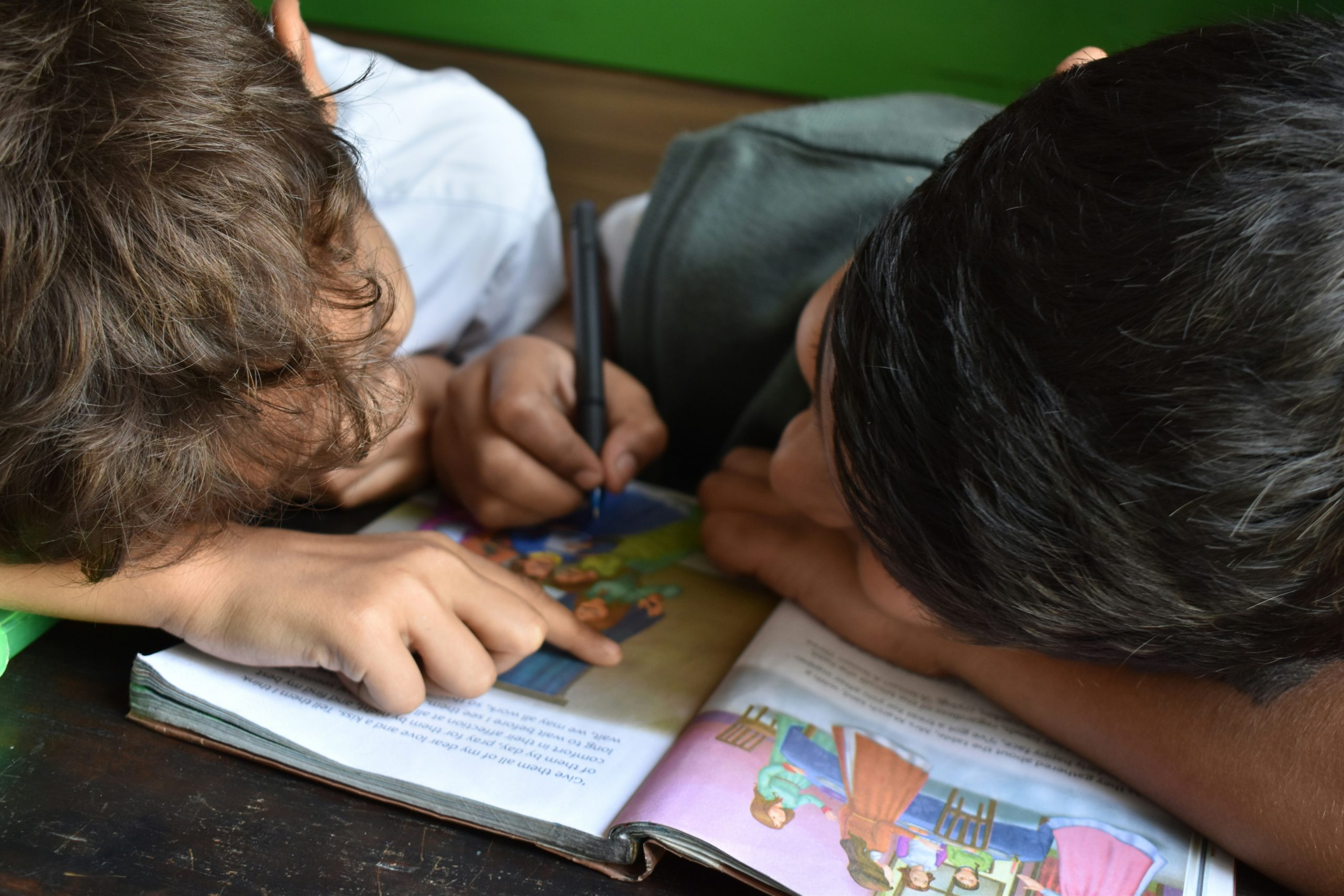Chapter 1 – Introduction
Nationwide, school divisions are facing “severe” and “very severe” teacher shortages (EdWeek, 2021). In 2023 in Virginia, there were over 3,500 vacancies in public schools (Staffing, 2023). During the 2023-2024 school year, the number one critical shortage area in Virginia was Special Education K-12 (Critical Shortage, 2024). While recruitment is one issue, retention is another key factor. To retain as many highly-qualified special education teachers as possible, it is imperative that special educators are prepared for the challenges of the job. Special educators must not only know federal and state law as it relates to the education of all students, but they must also be well versed on special education as it is outlined in the Individuals with Disabilities Education Act (IDEA; 2004), as well as state interpretations and current case law. Further, special educators must collaborate daily to support students with Individualized Education Programs (IEPs). While factual knowledge about law and access to resources is vital, it is also important that pre- and in-service teachers understand how to apply their knowledge to school settings. The goal of this text is to provide pre- and in-service teachers with opportunities to develop and practice skill sets needed to proficiently navigate special education. The hope is that these experiences will assist them in providing meaningful and accessible services to students with IEPs, while also countering the potential for burn-out in a demanding career.

This text relies heavily on both high-leverage practices (HLPs) and evidence-based practices (EBPs), which are referenced throughout this text. In addition, the authors also view Universal Design for Learning (UDL) as a foundation for providing access to students across a continuum of supports. Finally, the Virginia Department of Education (VDOE) resources are used as a reference for all discussions, in conjunction with federal laws.
This text provides an overview of special education, academic, and behavior related topics and corresponding case studies for K-12 students attending Virginia public schools. Each chapter is broken up into several sections, starting with a brief literature review, to include background information and applicable laws and research. As outlined below, each chapter also includes one or more case studies, discussion questions for students, an outline of family and guardian communication discussion points, practical collaborative opportunities, and notes for course instructors using this text. The documents used in this text are based on VDOE models in addition to variations of documents which may be used in school divisions across the state.

A brief overview of each chapter’s content is outlined below:
- Case Studies: Each chapter will include at least one case study, and some chapters, depending on the topic, may include several case studies. These case studies may reflect adherence to federal and state laws, or may be riddled with mistakes and errors. Each case study is designed to encourage conversation and reflection on laws and/or research-supported practices in special education. While IDEA (2004) is the foundation of all legal discussions related to special education, it is not the only law to be considered for each case study.
- Discussion Questions: Each chapter includes five to ten discussion questions for students to consider. Some questions are case specific (e.g. why decisions were made or what could have been improved) and others are IDEA (2004) specific (e.g. which part of the law was violated). While the questions are geared towards the topic of each chapter, they are certainly not all-inclusive of the questions which could be considered or debated. Instructors are encouraged to utilize these questions as applicable to course objectives and course relevance.
- Family and Guardian Communication: This section includes a few prompts to encourage students to consider how to respond to parent emails, interactions, or other means of communication. Examples of prompts include writing emails or newsletter, role-playing scenarios to include phone calls, developing a Prior Written Notice, identifying mistakes within meetings, and creating jargon-free messages or explanations for parents. While there are certainly answers aligned with IDEA law and local regulations, one “right” answer may not exist. Instructors are encouraged to adjust each communication prompt based on local demographics, resources, and situational variance.
- Collaboration: The collaboration prompts are designed to encourage students to engage in conversation with team members, co-teachers, and administration, to name a few. Prompts for discussion include ways to work more effectively in a team situation, considerations for working with co-teachers when faced with difficult conversations, and opportunities to participate in role-playing or meeting simulations to accomplish a task.
- Instructor Notes: Finally, each chapter concludes with notes to the instructor. These notes include ideas for related discussions, extension activities, and corresponding projects or assignments. Often, these notes also reference additional articles, websites, or resources that can be utilized to continue student learning.
Finally, some chapters will also include a resource list, containing links to websites or state documents as it relates to the topic of each chapter. Again, these are not all-inclusive, but meant to provide a starting point for exploration and/ or a deep dive into the chapter topics. To the greatest extent possible, Virginia based websites have been provided when available.
